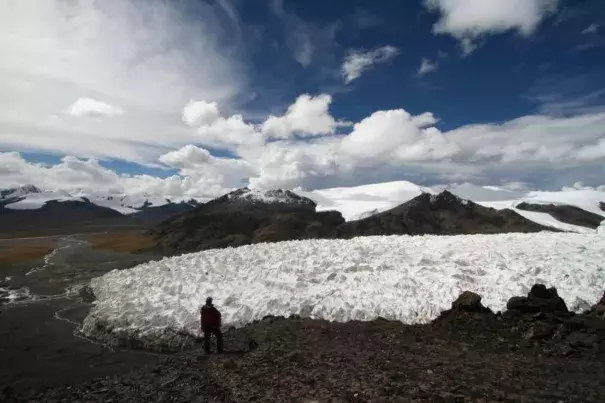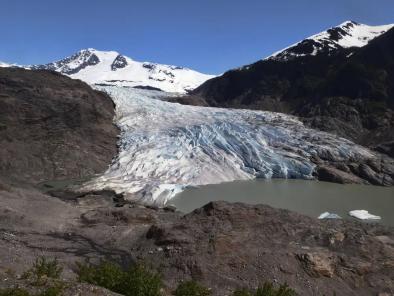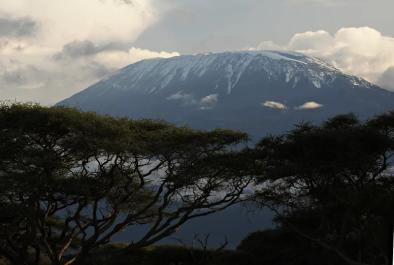Temperatures significantly rise on China's Qinghai-Tibetan Plateau

Temperatures in the northeastern part of China's vast Qinghai-Tibetan Plateau, often dubbed the Roof of the World, have risen more than three times faster than the global average, Chinese data shows.
The plateau, which spans more than 1,000 km (620 miles) north to south and over 2,000 km east to west, is the source of many of the world's longest rivers including the Yangtze. It also houses a fragile ecosystem sensitive to global warming.
The average temperature in the Qinghai section of the plateau has climbed 0.43 degree Celsius per decade, compared with the global average of 0.12C per decade, China's official Xinhua news agency reported, citing monitoring data from Qinghai province.
The statistics reveal that the area has also become wetter between 1961 and 2017, with the average annual precipitation rate increasing 8.0 mm per decade.
...
Glaciers on the entire Qinghai-Tibet Plateau and neighbouring regions have shrunk 15 percent in the past half a century, state media cited scientists as saying last month.
...
Qinghai Lake, China's largest, has expanded to 4,400 sq km, its biggest surface area in almost two decades, according to provincial monitoring data published in 2017.
Related Content






